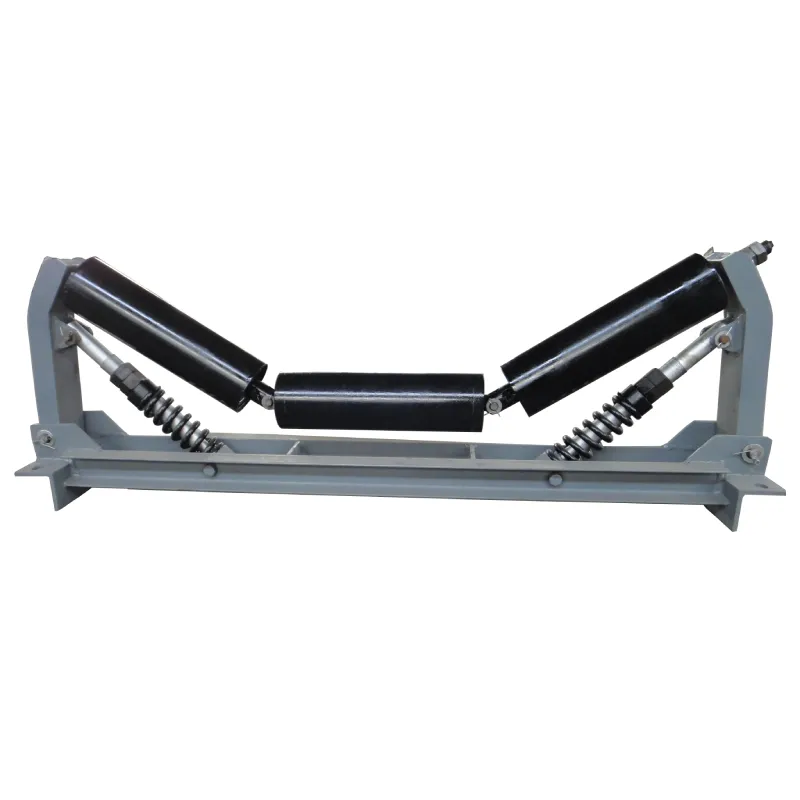 Afrikaans
Afrikaans  Albanian
Albanian  Amharic
Amharic  Arabic
Arabic  Armenian
Armenian  Azerbaijani
Azerbaijani  Basque
Basque  Belarusian
Belarusian  Bengali
Bengali  Bosnian
Bosnian  Bulgarian
Bulgarian  Catalan
Catalan  Cebuano
Cebuano  Corsican
Corsican  Croatian
Croatian  Czech
Czech  Danish
Danish  Dutch
Dutch  English
English  Esperanto
Esperanto  Estonian
Estonian  Finnish
Finnish  French
French  Frisian
Frisian  Galician
Galician  Georgian
Georgian  German
German  Greek
Greek  Gujarati
Gujarati  Haitian Creole
Haitian Creole  hausa
hausa  hawaiian
hawaiian  Hebrew
Hebrew  Hindi
Hindi  Miao
Miao  Hungarian
Hungarian  Icelandic
Icelandic  igbo
igbo  Indonesian
Indonesian  irish
irish  Italian
Italian  Japanese
Japanese  Javanese
Javanese  Kannada
Kannada  kazakh
kazakh  Khmer
Khmer  Rwandese
Rwandese  Korean
Korean  Kurdish
Kurdish  Kyrgyz
Kyrgyz  Lao
Lao  Latin
Latin  Latvian
Latvian  Lithuanian
Lithuanian  Luxembourgish
Luxembourgish  Macedonian
Macedonian  Malgashi
Malgashi  Malay
Malay  Malayalam
Malayalam  Maltese
Maltese  Maori
Maori  Marathi
Marathi  Mongolian
Mongolian  Myanmar
Myanmar  Nepali
Nepali  Norwegian
Norwegian  Norwegian
Norwegian  Occitan
Occitan  Pashto
Pashto  Persian
Persian  Polish
Polish  Portuguese
Portuguese  Punjabi
Punjabi  Romanian
Romanian  Russian
Russian  Samoan
Samoan  Scottish Gaelic
Scottish Gaelic  Serbian
Serbian  Sesotho
Sesotho  Shona
Shona  Sindhi
Sindhi  Sinhala
Sinhala  Slovak
Slovak  Slovenian
Slovenian  Somali
Somali  Spanish
Spanish  Sundanese
Sundanese  Swahili
Swahili  Swedish
Swedish  Tagalog
Tagalog  Tajik
Tajik  Tamil
Tamil  Tatar
Tatar  Telugu
Telugu  Thai
Thai  Turkish
Turkish  Turkmen
Turkmen  Ukrainian
Ukrainian  Urdu
Urdu  Uighur
Uighur  Uzbek
Uzbek  Vietnamese
Vietnamese  Welsh
Welsh  Bantu
Bantu  Yiddish
Yiddish  Yoruba
Yoruba  Zulu
Zulu pulley lagging types
Understanding Pulley Lagging Types Enhancing Efficiency and Longevity
Pulley lagging is a critical component in the maintenance and operation of conveyor systems, especially in industries such as mining, agriculture, and material handling. This process involves applying a protective covering, or lagging, to the pulleys in a conveyor system to enhance their performance and prolong their lifespan. While various materials and applications exist, understanding the different types of pulley lagging can significantly impact operational efficiency, reduce downtime, and minimize maintenance costs.
What is Pulley Lagging?
Pulley lagging serves multiple purposes. Primarily, it improves the friction between the pulley and the belt, reducing slippage and increasing grip. This is especially important in heavy-duty applications where load demands are significant. Additionally, lagging protects the pulley surface from wear and extend its durability, as it acts as a buffer against corrosion, abrasion, and environmental factors.
Types of Pulley Lagging
1. Rubber Lagging Rubber is the most commonly used material for pulley lagging due to its excellent friction properties and durability. Available in various hardness levels and surface finishes, rubber lagging can be tailored to suit specific applications. For instance, smoother finishes may be used for standard applications, while more aggressive, ribbed surfaces can enhance grip in high-load situations.
2. Ceramic Lagging Ceramic lagging is designed to offer superior resistance to wear and tear, especially in applications involving high heat or extreme environmental conditions. This type of lagging is injected with ceramic tiles, increasing the surface durability significantly compared to standard rubber lagging. This is particularly advantageous in mining and quarry operations, where abrasive materials can quickly degrade other lagging types.
3. Polyurethane Lagging Polyurethane lagging is gaining popularity due to its superior wear resistance and lower weight compared to traditional rubber. It also offers enhanced longevity, making it an excellent choice for conveyor systems that operate in extreme conditions. Additionally, polyurethane can be customized in terms of hardness and color, allowing for better integration with various systems.
pulley lagging types

4. Metal Lagging Although less common, metal lagging can be employed in specific scenarios where extreme wear resistance is necessary. Often made from materials like steel or aluminum, metal lagging provides excellent durability and resistance to high temperatures. However, it can also be noisier and lead to belt wear if not installed correctly, making it more suitable for special applications where other lagging types may fail.
5. Fabric Lagging Fabric lagging, often made from a combination of synthetic fibers, is another type utilized in specific environments. It offers lower cost and weight, making it suitable for light-duty applications. However, its durability and friction properties may not match those of rubber or ceramic lagging, limiting its use mostly to less demanding settings.
Application and Considerations
Selecting the appropriate type of pulley lagging requires careful consideration of various factors, including the nature of the materials being transported, loads, operating speeds, and environmental conditions. Each type of lagging has its advantages and disadvantages, and a thorough assessment of the specific application will enable operators to make informed decisions.
Moreover, regular inspection and maintenance of lagging are crucial to ensure optimal performance. Signs of wear, peeling, or damage should be addressed promptly to prevent costly breakdowns or accidents.
Conclusion
The choice of pulley lagging can significantly influence the efficiency and safety of conveyor systems across various industries. By understanding the types of lagging available—rubber, ceramic, polyurethane, metal, and fabric—operators can enhance the longevity and performance of their equipment. Investing in the right pulley lagging not only improves the operational efficiency of conveyor systems but also contributes to reduced downtime and maintenance costs, making it a critical consideration for any industrial operation.
-
Revolutionizing Conveyor Reliability with Advanced Rubber Lagging PulleysNewsJul.22,2025
-
Powering Precision and Durability with Expert Manufacturers of Conveyor ComponentsNewsJul.22,2025
-
Optimizing Conveyor Systems with Advanced Conveyor AccessoriesNewsJul.22,2025
-
Maximize Conveyor Efficiency with Quality Conveyor Idler PulleysNewsJul.22,2025
-
Future-Proof Your Conveyor System with High-Performance Polyurethane RollerNewsJul.22,2025
-
Driving Efficiency Forward with Quality Idlers and RollersNewsJul.22,2025





























